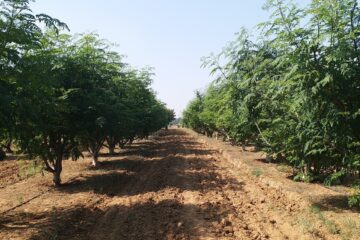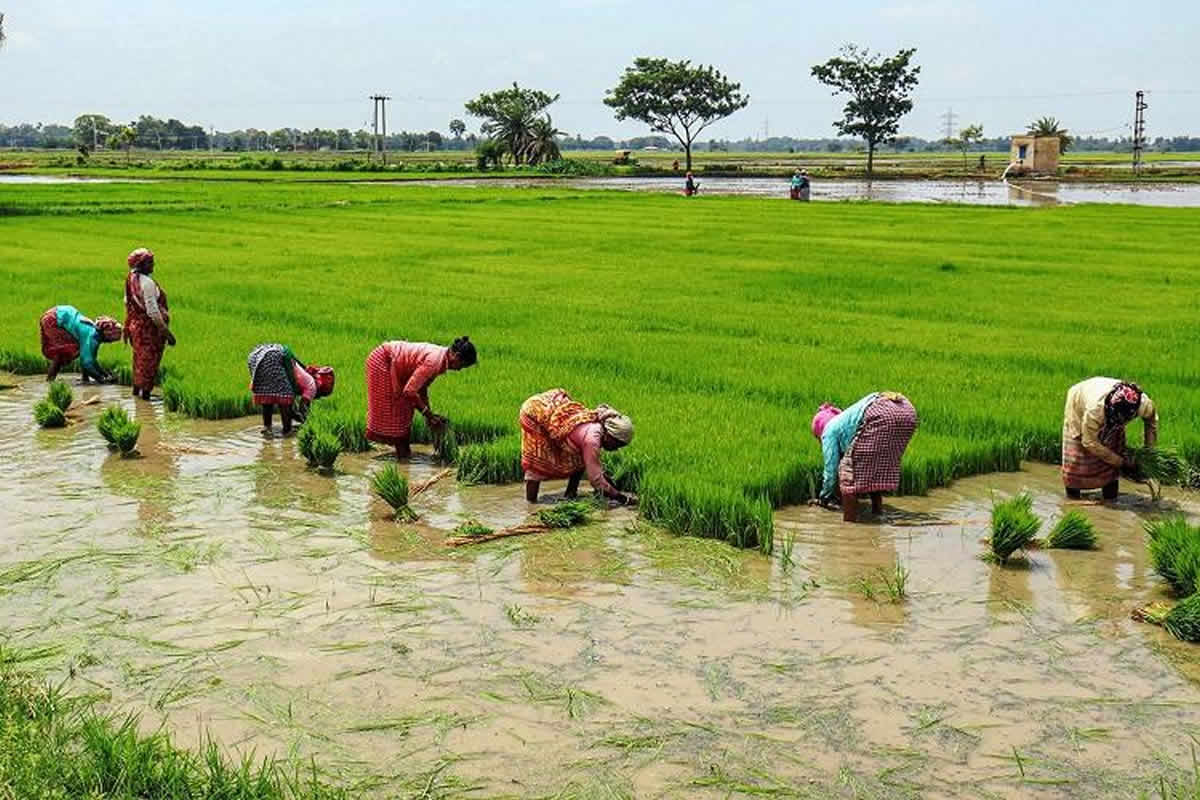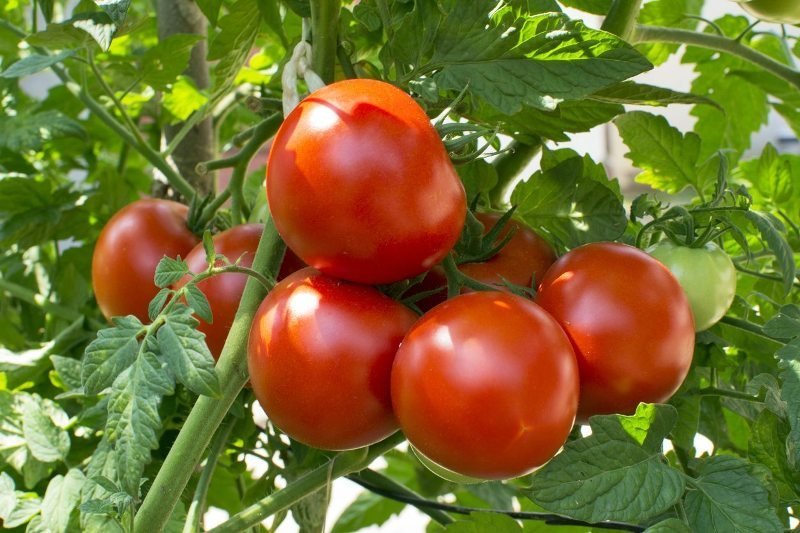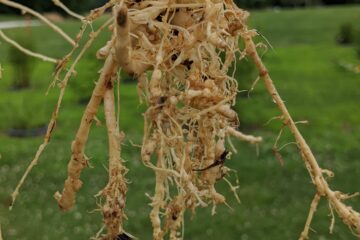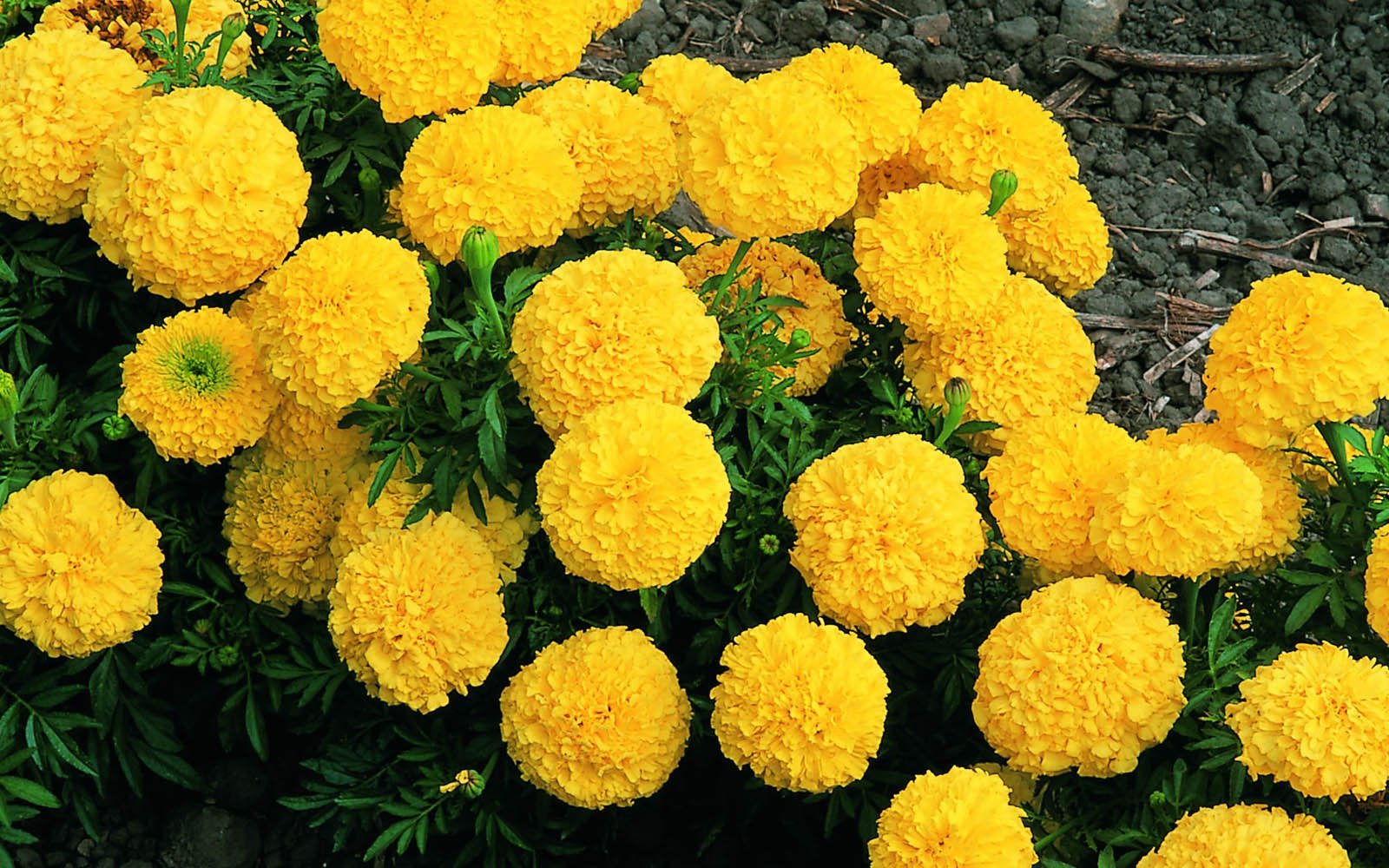Published in: February 2018
Muskmelon is a sweet, fragrant fruit rich in vitamins A, B, and C, as well as calcium, phosphorus, and iron. The unripe fruit can be used in cooking and pickling, while the ripe fruit is sweet and ideal for making jam and jelly. Dried muskmelon pieces can be stored for long periods. The fruit comes in various shapes—elongated, round, and oval—and is known in Ayurvedic medicine for its cooling properties. Its long shelf life makes it excellent for export.
Cultivation Method
Soil Type: Sandy soil with good drainage is ideal, with a pH range of 6–7.5. While loamy soil can be adapted by adding sand and ensuring drainage, highly acidic or saline soil is unsuitable for muskmelon.
Climate: Muskmelons thrive in full sunlight, low humidity, frost-free conditions, and moderate arid climates, with an ideal temperature range of 23–27°C.
Muskmelon Varieties
- Arka Rajkans: A round melon with visible netting, weighing 1–1.5 kg. Sweet and fleshy, it yields 30–32 tons per hectare.
- Arka Jeet: Smaller fruits (400–800 grams) with a high sweetness. Yields 15–16 tons per hectare in 90 days.
- Pusa Sarbati: Round to oblong, with visible green stripes and orange flesh.
- Pusa Madras: Light green with dark green stripes, orange flesh, averaging about 1 kg in weight.
- Punjab Sunheri: Orange-fleshed and highly aromatic.
- Hara Madhu: A round melon with white-green skin and fine green stripes. Firmly attached to the vine, making harvesting challenging.
- Durgapura Madhu: Suitable for two growing seasons; elongated, light green, with stripes.
- Jabner 96-2: Tolerates acidic and alkaline soils.
- Punjab Rasila: Long vines and spherical fruits, with an average fruit weight of 600 grams, yielding 16 tons per hectare.
Season
Sowing in December and January yields a good harvest in summer, while a monsoon crop can be sown in June.
Land Preparation
Plow the field 3–4 times, applying 50 tons of compost per hectare. Dig 2-meter furrows, leaving a 2-foot gap between them. In these furrows, dig pits of 45 cm length, width, and depth at 1-meter intervals. Mix fertilizer into the soil in each pit.
Seed Treatment
Each hectare requires 3.5 kg of seeds. Treat seeds with 4 grams of Trichoderma viride, 10 grams of Pseudomonas, or 2 grams of carbendazim per kg of seeds.
Planting
Plant seeds in the center of the pits. After 15 days, thin to two seedlings per pit.
Irrigation
Apply water before sowing, give a life irrigation three days after planting, and then water weekly.
Weed Control
Weeding should be done 30 days after planting, usually three times in total.
Fertilizer Application
Apply 200–100–100 kg of green manure, potash, and ash per hectare in split applications every three days. Additionally, mix 2.5 grams of ethrel in 10 liters of water and spray it weekly after 15 days of sowing for four weeks, directly onto the vines.
Pest Control
- Leaf Beetles: Spray weekly with a solution of 1 ml malathion or 2 grams of carbaryl per liter of water.
- Fruit Borers: Remove affected fruits to control borer populations. High temperatures reduce borer presence, while monsoon conditions increase it.
Harvest and Yield
Harvest when the spaces between the netting on the fruit turn yellow, and the netting itself becomes dull white. Each hectare can yield 20–30 tons in about 120 days.
Dr. C. Suba and Dr. M. Siyamala, Horticulture College, Tamil Nadu Agricultural University, Coimbatore – 641 003.


